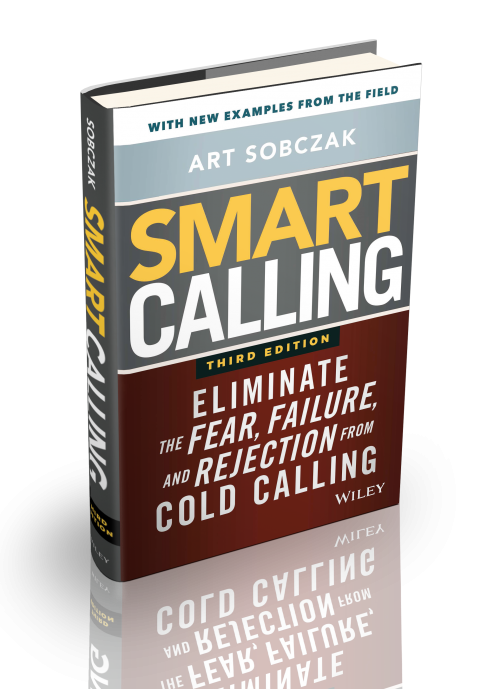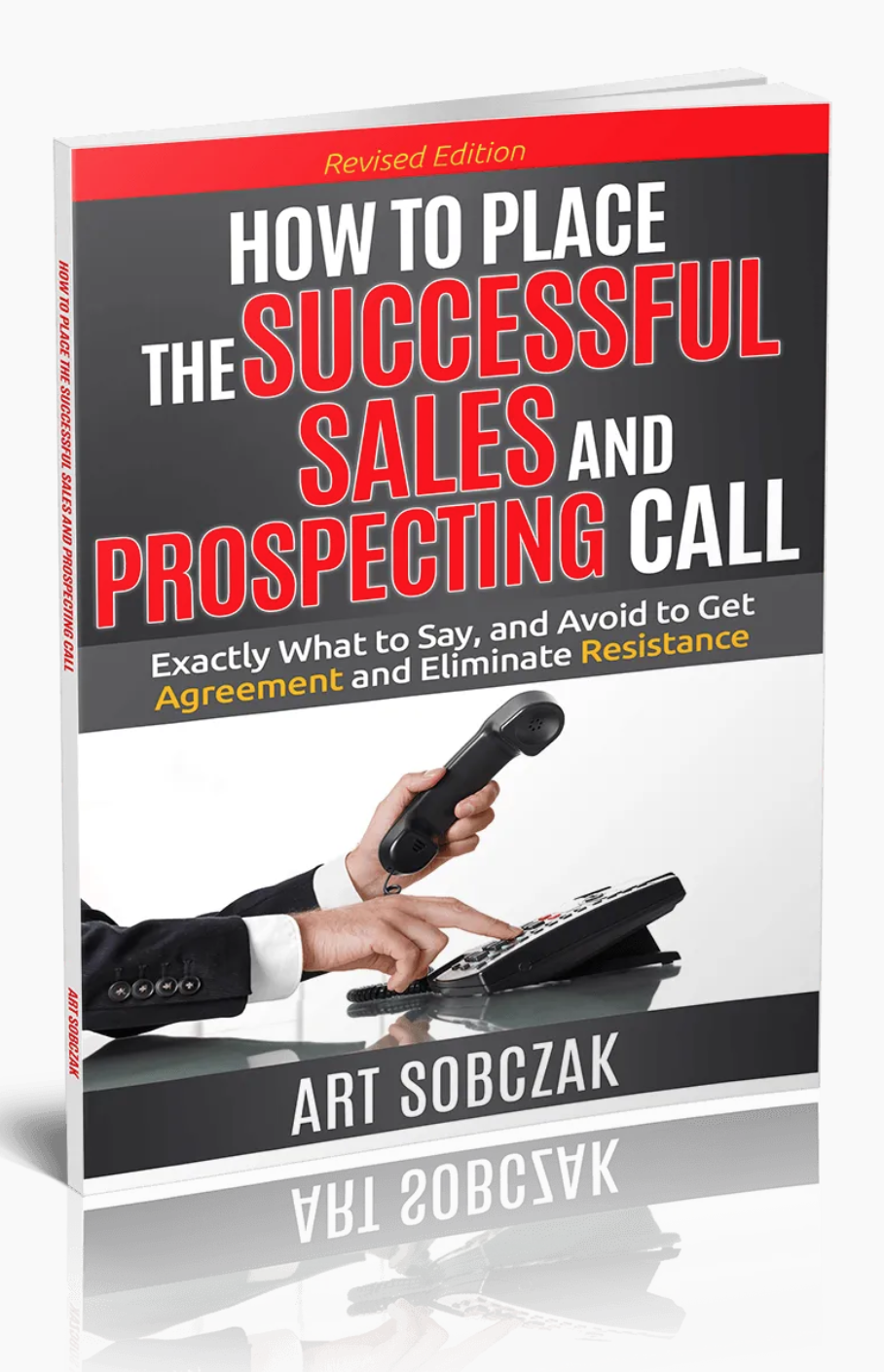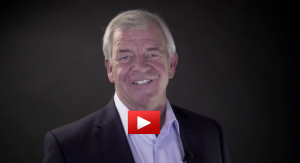First, I can’t begin to express how overwhelmed I am with the thoughtfulness of you, my readers and customers, and I’ll put most of you in the category of "friends."
In response to my email and blog post below last week I had several hundred replies, many with your own story of how you have, or are having similar experiences.
Some said that they or family members have already taken action as a result of what I wrote, and probably saved or prolonged a life. That means more than anything to me. I have responded personally to every email, and now I’m beginning to respond to the blog responses.
It has been, well, challenging the past couple of weeks.
I won’t bore you with all of the details of my personal life, but in addition to my mom’s sudden passing and everything an only child must manage regarding property, finances, and arrangements, my daughter had rolled her vehicle into a ditch during an ice storm and totalled it (miraculoulsy she was not hurt); my wife had a fairly complicated eye surgery (the recovery was difficult but she’s doing well); I honored a commitment to speak at a two-day national sales meeting in Vegas, and still had this business to run. The latter item mostly took a backseat, but I’m running hard trying to catch up.
Which brings me to this Tip.
Perhaps you saw the news item last week.. What an earth shattering revelation! According to a National Institute’s of Health two-year study–brace yourself for this one–if you reduce the number of calories you eat, and exercise, you will lose weight.
Really?
No magic pill?
Funny how the basics never go out of style. How they work, time and again.
"Keep your eye on the ball,” “Listen to your mother,” “Eat your vegetables.” More of the basics. The fundamentals.
And why are they the fundamentals?
Because fundamentals comprise a proven success recipe that has withstood the test of time.
And the same is true with sales. All we’re trying to do is help people buy.
People come through my seminars and say, “This really reminded me I need to get back to the basics.” Not just get back to the basics, I tell them. Use them.
In this Tip I’ll present, in order, the fundamental parts of the professional telesales and prospecting call, and what I consider the most important points of each.
Pre-Call Planning
Have an objective for every call, defined by, “What do I want them to DO as a result of this call, and what do I want to do?”
Screeners
Treat the screener as you would the customer—this person determines whether or not you’ll even have a chance to speak with the buyer. Gather as much information as you can from whomever you are able, prior to speaking with your prospect; busy decision makers get bored when they have to answer your basic qualifying questions.
Have a reason for needing to speak with the decision maker, and be prepared to sell this to the screener. They’re asking, “Does this person have anything of interest, or of value for the boss?” I
If leaving a message on voice mail, or with a screener, be certain it offers a hint of a benefit that sparks curiosity, but doesn’t talk about products/services.
Common Screener Mistakes: Being evasive and condescending with the screener; wasting information opportunities by not asking questions; leaving messages that create resistance—not interest—by talking about what you want to sell, not what they’re really interested in.
Opening Statements
The objective of your opening is to pique curiosity and interest so that they will willingly and enthusiastically move to the questioning. You must answer, “What’s in it for me?” for the listener, or they will immediately begin the getting-rid-of-you process.
Common Opening Mistakes: talking about the product or service…what the salesperson wants to do, not what the listener wants; not having prepared openings…winging it.
Questioning
Get information before you give it—how could you make an effective recommendation otherwise? After qualifying them, which preferably is done before speaking with them, the goal is to first identify the need, problem, pain, or the
desire to enhance their situation. If it is latent, we must try to help them realize it through questions.
Common Questioning Mistakes: not listening to the answers to questions, therefore not layering more questions
to dig deeper to magnify the problem; not learning and understanding the decision-making hierarchy and internal buying process.
Sales Recommendation
You should only talk about your product/service after knowing specifically how it will solve the problem, meet their need, etc.
Then you can tailor your remarks specifically and personally for the listener.
Common Mistakes: “Premature Presentation,” which is pitching before knowing what they’re interested in, talking about points irrelevant to the listener; not seeking, or getting feedback during discussion of benefits.
Closing and Commitment
This is not the major event in a sales call. It’s the natural, logical, validation of the professional sales process up to this point. But you still must ask. Commitment must be gained on every contact in order to move the process forward. If there is to be a follow-up contact, and information is to be sent or faxed, there must be commitment on behalf of the prospect regarding that material.
Common Mistakes: Asking too early; not asking soon enough (if buying signals have been expressed); not asking at all; agreeing to, or suggesting, a follow-up—and sending information—without having any commitment.
Objections
Objections can be avoided by doing everything else correctly up to this point in the call. When you do hear them, resist the tendency to attack them. You must back up and revisit the questioning stage of the call. The voiced objection is simply a symptom of the real problem.
Common Mistakes: Using slick, prepared, objection rebuttals that only tell people they’re wrong and intensify the resistance; giving up before attempting to understand the reason behind the problem.
Wrapping Up and Setting Up the Next Action
At the end of calls reps must summarize agreed-to actions by both parties, and set the agenda for the next call.
There you have it, all the basic parts of the telesales call. It’s not rocket science. Follow these and you will be successful.
If you’d like to build on these basics, and get more word-for-word examples to use in each part of the call, you will find them in "How to Place the Successful Sales and Prospecting Call." It’s an ebook you can download right now. See it at http://www.businessbyphone.com/HowToPlace.htm













{ 0 comments… add one now }